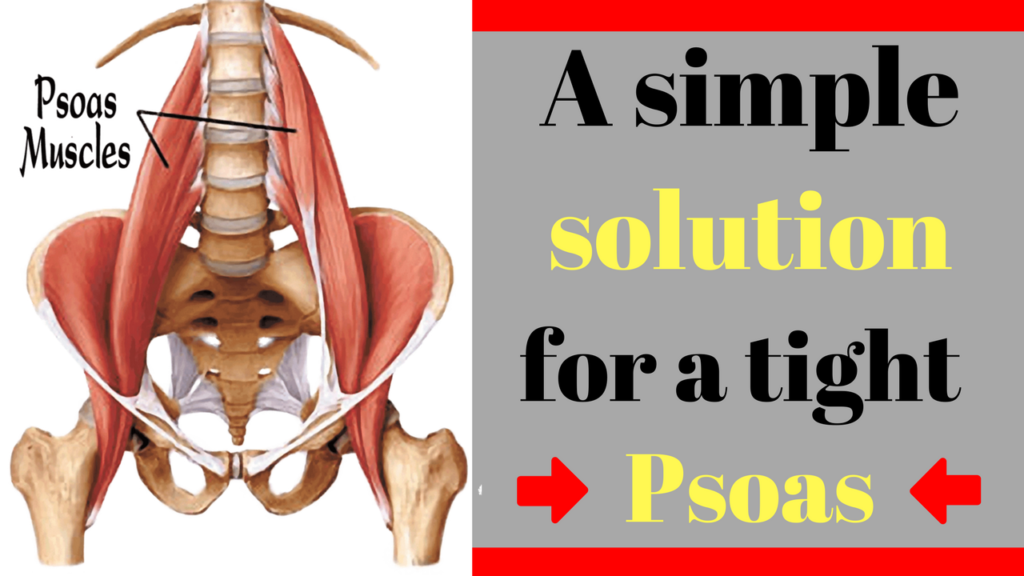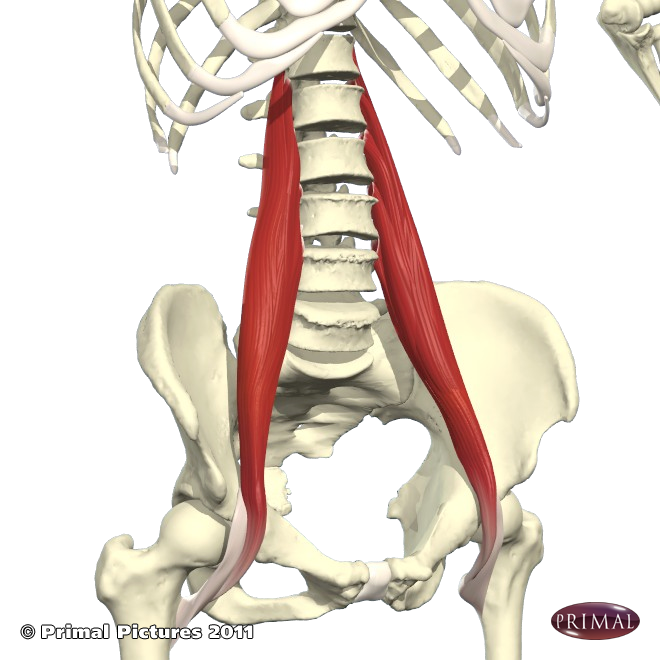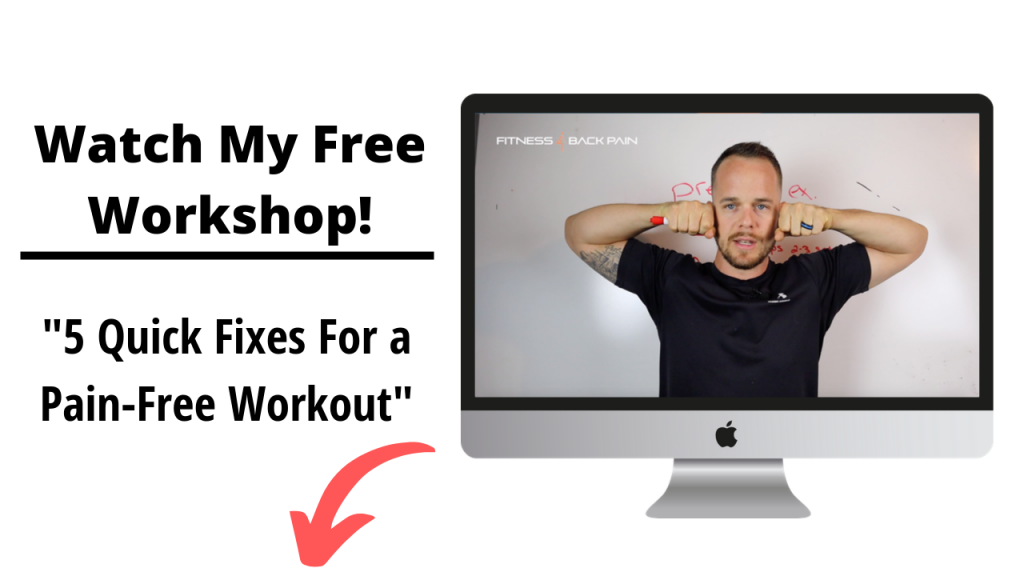
How to release a tight Psoas (Ilopsoas)
When I start talking to someone about how to release their tight psoas most people just start looking at you weird and try to redirect your attention with “what about my tight hamstrings?”. When you’re trying to peel back the many layers to your back pain and you are finally at a place where tissue release is a number one priority. I always suggest you spend some time on your Psoas. Today, I am going to give you everything you need to know when it comes to releasing a tight Psoas. A few minutes every day working on the things covered in today’s video can really make a huge difference in how you feel.
Depending on what guru you’re talking to, everyone seems to have their own opinion of what the Psoas actually does for the body. To be honest with you, for the sake of this article it really doesn’t matter what it does. All we are focusing on is how to release a tight Psoas. There is a concept that you may not have heard of and that’s Neurokinetic Therapy. In short, it’s the study of how the body reacts to either weak or overworked muscle. When one thing is out of place or not working properly there is a chain reaction to the muscles surrounding that poorly performing muscle. We will get a small glimpse today of how that works.
IIliopsoas (psoas) 
What does the Psoas do?
The Psoas is one of the major lumber spine stabilizers crossing over what’s commonly referred to as your hip joint. There are a lot of movement patterns this muscle is involved with but some if its major roles are flexing, adducting and laterally rotating the hip.
How does a tight psoas cause back pain?
When it comes to a tight Psoas, it’s all about the muscles that are being affected due to the poor performance of the muscle. Typically, when we have back pain or lower back tightness, we look to releasing the lower back muscles like the Erectors or Quadratus Lumborum because they literally start clamping down due to the faulty activation of the Psoas. It’s the bodies checks and balance system kicking in. If the Psoas isn’t doing its job the body will turn to the muscles it needs to get the job done. In order to have a happy and healthy Psoas you need to address both its strength and potential chronic tension. For the sake of this article and due to the fact that we live in a world ran from desk jobs, odds are tightness is more of your issue.
How do we address what could be a potential tight Psoas that is causing my lower back muscles to always be tight?
If you want to pick up the exact tools that I am using I included some affiliate links below!
The Orb! I love this thing for way more than just a tight Psoas!
At the time of this video they hadn’t started making these tools but I had to update this article with something that may work even better for you then the more traditional tools above.
It’s called the PSO-RITE and is an EXCELLENT tool to add to your arsenal if you know for afact the Psoas is where you should be focusing on.
The key to working on the Psoas is to go slow and be smart. There is a lot of important stuff floating around this muscle so don’t go abusing the tissue with blunt objects. If you are not confident in your ability to find the Psoas, I would call a Massage Therapists and ask to have them show you how they would manually release the muscle on you. You may also be able to find someone certified in Manual Muscle testing here
Which tool did you find hits the Psoas best for you? Let me know below!
If this helped you or you know someone who is trying to figure out their own back pain, please share this article! You never know how it may help the next person!
Some of the links in this article are affiliate links ot products I use or trust and all kick backs go to help paying for hosting and content creation for this site.
Addicted to your health,
William




